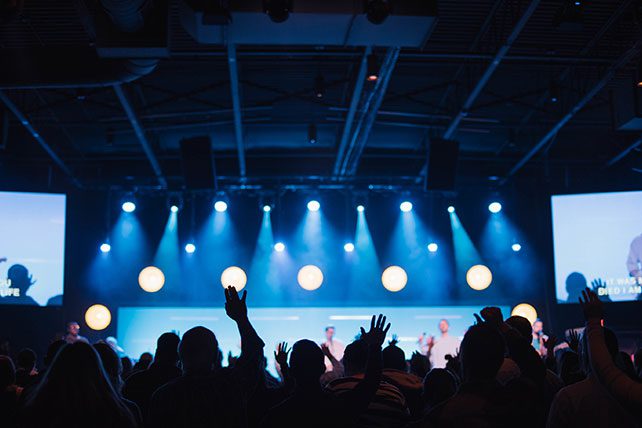5. Foster Creativity on a Budget
Stagecraft improvements don’t have to break the bank. Creativity and resourcefulness often yield the best results.
- DIY Projects: Many stage elements, such as backdrop frames or lighting rigs, can be built with affordable materials.
- Repurpose Materials: Look for ways to reuse items from previous events.
- Volunteer Teams: Enlist creative volunteers who can contribute ideas and skills.
6. Ensure Safety and Accessibility
Safety is a crucial consideration when designing stage elements.
- Secure Fixtures: Ensure that all lighting and set pieces are securely mounted.
- Clear Pathways: Keep walkways free of tripping hazards.
- Accessibility: Design the stage layout to accommodate individuals with mobility challenges.
7. Focus on the Message
Ultimately, the purpose of stagecraft is to support and enhance the message being communicated.
- Avoid Overcomplication: Simplicity often has the greatest impact.
- Reinforce Themes: Align visual elements with the sermon series or worship focus.
- Seek Feedback: Regularly ask for input from church members to ensure that stagecraft elements are meaningful and effective.
Effective stagecraft doesn’t require a massive budget or professional expertise. By optimizing lighting, simplifying design, leveraging technology, and fostering creativity, any church can create a worship environment that engages and inspires the congregation. Thoughtful stagecraft not only enhances the worship experience but also helps communicate God’s message in a powerful way.

